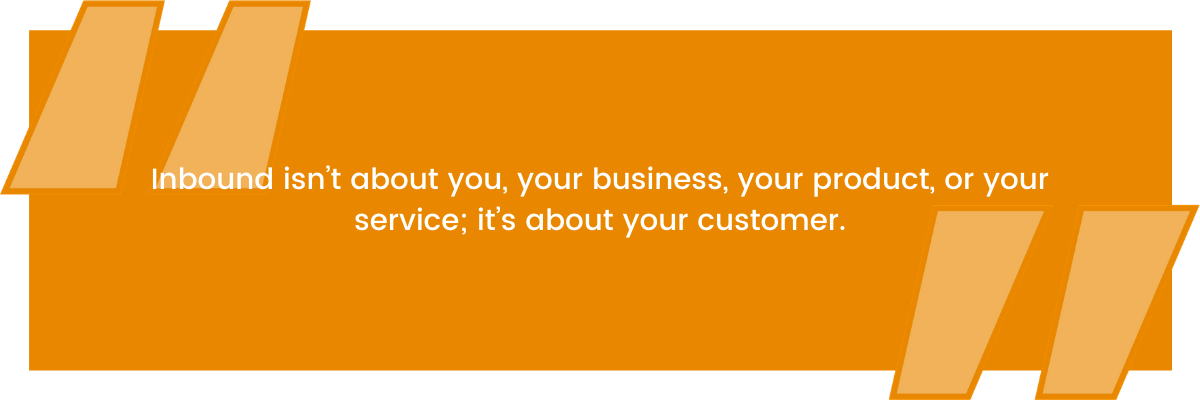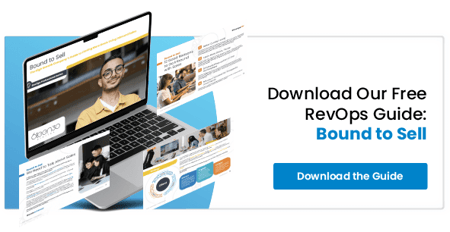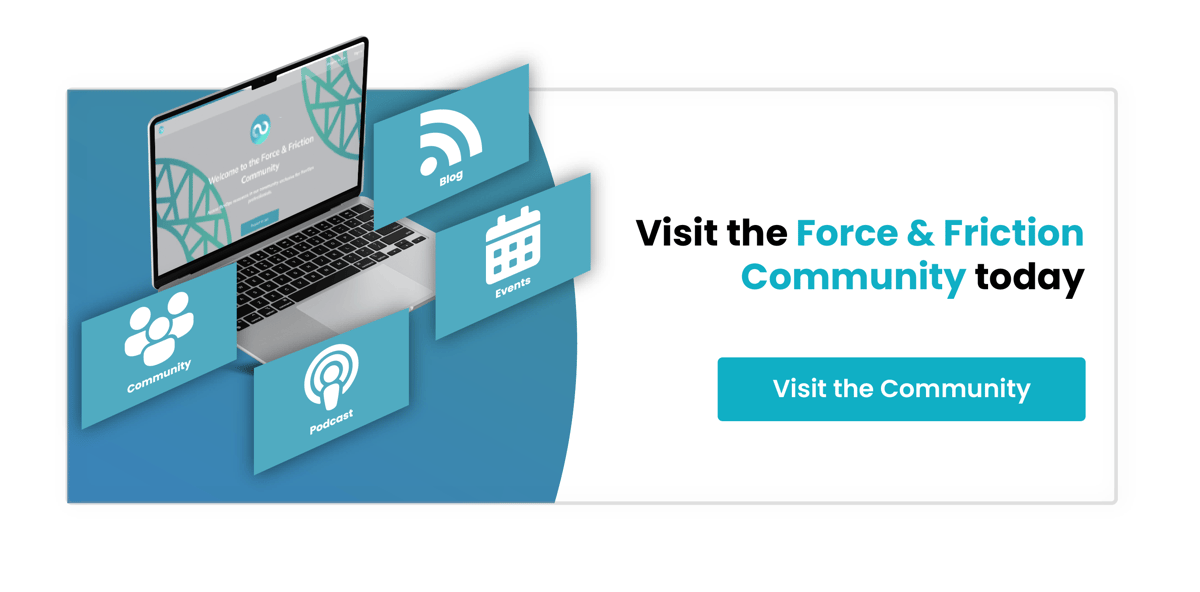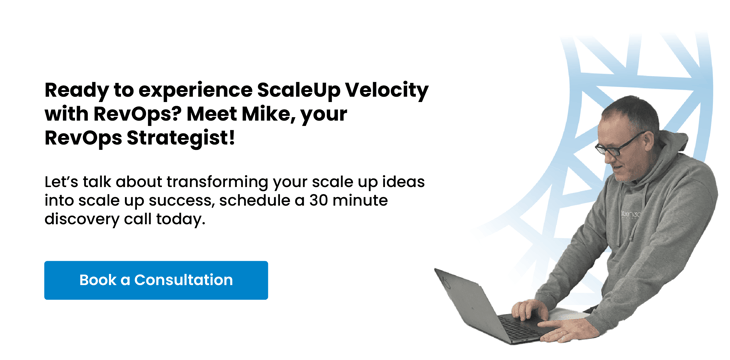
How to Map and Create an Inbound Sales Process That’s Aligned to Your Buyer’s Journey
No matter what your inbound sales process looks like, it must always be mapped to the buyer’s journey.

And so, for the inbound sales process to be effective, it must be shaped by the buyer journey; the steps of the inbound sales process must be aligned with the steps the buyer takes to move from awareness to consideration to decision.
Aligning Process & Journey
The question that many sales teams are asking right now is ‘how can the inbound sales process be aligned with the buyer journey when there’s no longer a standardised path from A to B?’. And it’s a good question. It’s no secret that the buyer journey is no longer linear, and that there’s no single route that buyers take from awareness to decision.
Despite this, there is a way to align inbound sales with any buyer journey by building a process that, rather than matching the journey, matches the needs of the buyer as they transition through the funnel. There are three stages to building a process:
- Understand the buyer journey: Even if you’re not able to map your process to the journey itself, understanding your buyer’s process is key to building your own process.
- Identify sticking points: When looking at your buyer journey, look at where buyers can self-serve, and identify sticking points where they need assistance in moving forward.
- Design interventions: Introduce support at these sticking points, taking into account what buyers may be looking to overcome each obstacle they encounter on the way.
By following these three sales process steps, it’s easier to design an inbound sales strategy that all sales reps can follow, creating consistency in how the business connects and engages with leads.
However, identifying the necessary data for these steps can be challenging. How can you see your buyer journey? How can you find sticking points? How can you be sure you’re putting the right support in the right place? There’s no guesswork involved. Your process should be rooted in fact. Your CRM acts as your central source of truth, showing you what your target audience is actually doing, rather than what you think they may be doing.

Personalising Your Inbound Sales Process
Of course, one of the primary pillars of frictionless selling in inbound sales is personalisation. And so, it’s not enough to simply define your inbound sales strategy, and leave it at that. Instead, all good strategies must have some degree of flexibility which allows them to be tailored to each individual buyer. This can be achieved by dividing your process into 4 categories:
- Required Tasks: These are aspects of the inbound sales process that aren’t customisable. They are the foundations of the process, and remain unchanged.
- Factual Tasks: These are aspects of the inbound sales process that are clear cut; they’re either done, or they’re not done. It’s logical. There’s no emotion involved.
- Inspectable Tasks: These are aspects of the inbound sales process that can be verified using the CRM. It is easy to see if they have or haven’t been used.
- Buyer-Centric Tasks: These are aspects of the inbound sales process that can be directly attributed to a specific buyer reaction. A demo is a prime example.

Looking Beyond Sales
What many sales leaders overlook is that a good inbound sales process doesn’t just align with the buying journey, but also with the post-sales journey. By designing a process that supports the buyer across the awareness, consideration, and decision stages, as well as in the after sales environment, sales teams can see multiple benefits.
These benefits include repeat custom in the future, free word-of-mouth marketing, and organic online reputation building. To create an inbound sales process that looks beyond sales, sales teams must consider incorporating a number of buyer-centric steps:
- Identifying a good-fit lead that is a suitable match for the business
- Connecting with this lead and directing them to valuable, insightful sources
- Exploring the lead in greater depth to better understand their unique needs
- Advising the lead on the best way forward to help them achieve their goals.
These steps not only guide buyers through the journey, but also build, develop, and nurture relationships; something that is always at the very heart of inbound sales.
Solidifying Your Process
Once you’ve considered your buyer’s journey vs sales process and found a happy medium which allows for personalisation, the next step is to solidify your process so that it can be followed by all members of the team, and repeated over and over again to drive success.
This can be done by building a sales playbook that standardises all of the above. A good sales playbook will cover everything that a sales rep needs to know, how they should respond to specific situations, how they should communicate with prospects, and what information they should show leads in order to generate a positive response.
A sales playbook is essential. It can make training new reps quicker and easier, free up valuable time for the team, and ensure everyone follows a process that has been created specifically for the target audience and to engage with the inbound buyer.
The Lifecycle of the Inbound Sales Process
Perhaps the most important aspect to keep in mind when it comes to developing an inbound sales process is that no process lasts forever. The sales landscape is constantly evolving, which means that even the best process won’t necessarily align with the buyer process of tomorrow. There is a typical lifecycle that every process goes through:
- Humming - Everything works well, and the sale process ticks along nicely
- Experimenting - Weaknesses develop, sparking a need to experiment
- Thrashing - Moving from one process to another as the need arises
Mapping your inbound sales process to better align with the buyer journey isn’t a onetime thing. It’s an activity that must be constantly monitored, tracked and adapted to ensure that the process and journey remain closely aligned in an ever changing world.








%20-%20Teal.png?width=500&height=130&name=Force%20%26%20Friction%20-%20Branding%20-%20Logo%20(White)%20-%20Teal.png)